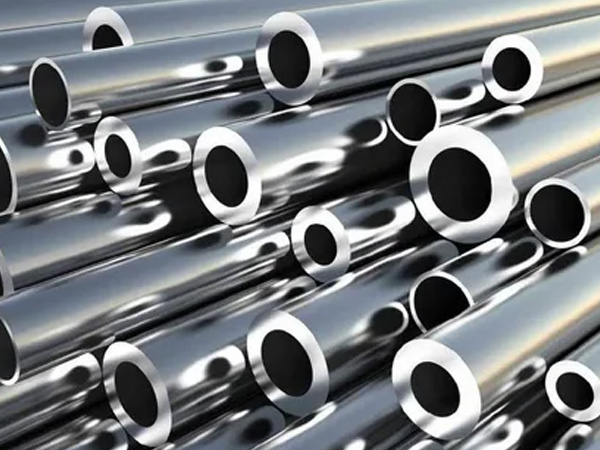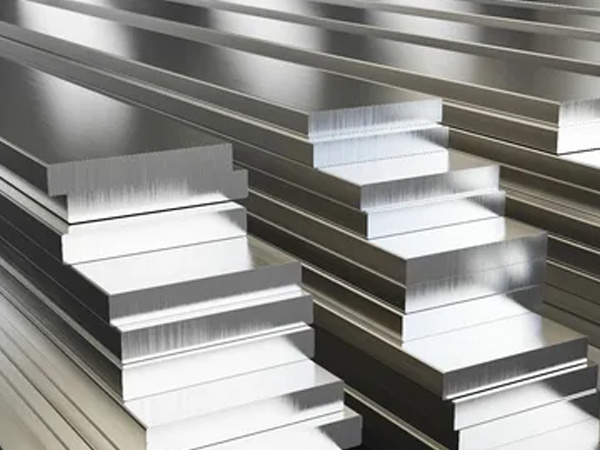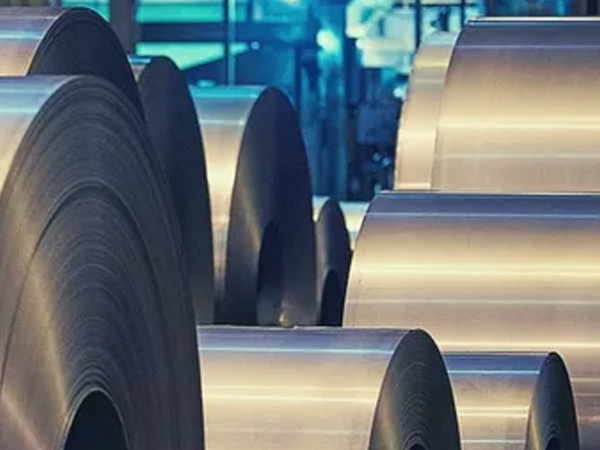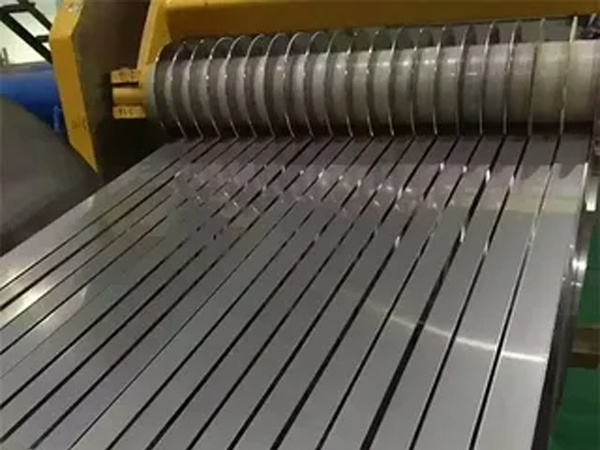12
2024
/
04
The Continuous Technological Innovation Path of Taiyuan Iron and Steel's "Hand Tear Steel" Products
Ultra-thin special alloys represented by high-end stainless steel, nickel-based alloys, precision alloys, etc. have formed a series of products in four categories and more than 30 varieties, which are widely used in steel, metallurgy, mining, metallurgy, mining, metallurgy, mining, metallurgy , mining, metallurgy, mining and other national strategic emerging fields.
22
2024
/
03
Tinplate base material is one of the high-end products of Hengbang Packaging. Its core technology has reached the domestic advanced level and occupies a considerable market share in the South China and East China markets. Hengbang Packaging has deeply connected with the market and customers, strengthened technological upgrading, gradually expanded high-end product varieties, continued to develop new downstream tinplate industries and market segments, and increased the development of mass-market, personalized high-end products and high-end products.
22
2024
/
03
The scientific and technological achievements refer to achievements recognized by the China Heavy Machinery Industry Association that break through key technologies through independent or good innovation and reach or exceed the international advanced level.
22
2024
/
03
China Baowu has once again taken a key step in improving its comprehensive service capabilities of "steel + advanced materials".
22
2024
/
03
Manufacturing of the core and most critical internal components of "Linglong One". The core component is the heart of the nuclear reactor and is located in the pressure vessel of the reactor's main equipment. They are difficult to manufacture, have long processing cycles, and have high assembly precision. They not only support the fuel components of the nuclear reactor, but also provide shielding and protection for the core and pressure vessel, provide support and guidance for various measuring devices, and play an important role in achieving safe nuclear operation. They are called the "keel" of a nuclear reactor.
22
2024
/
03








